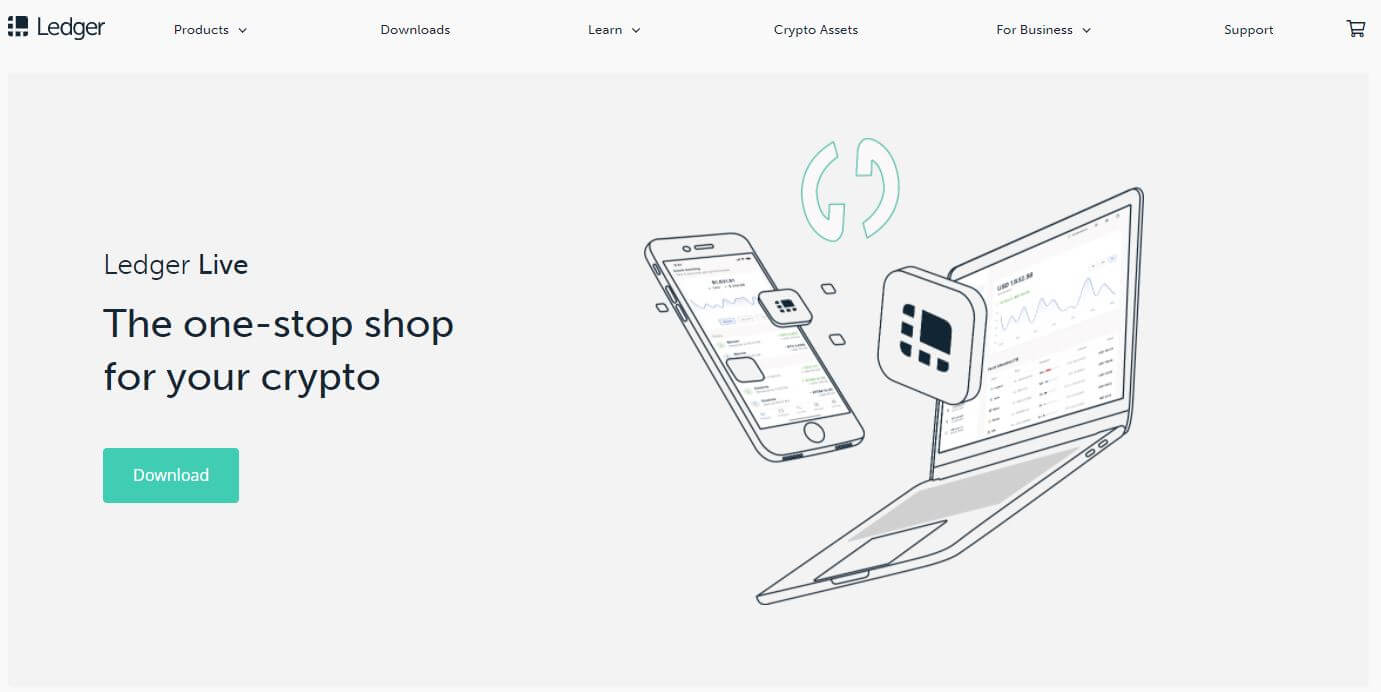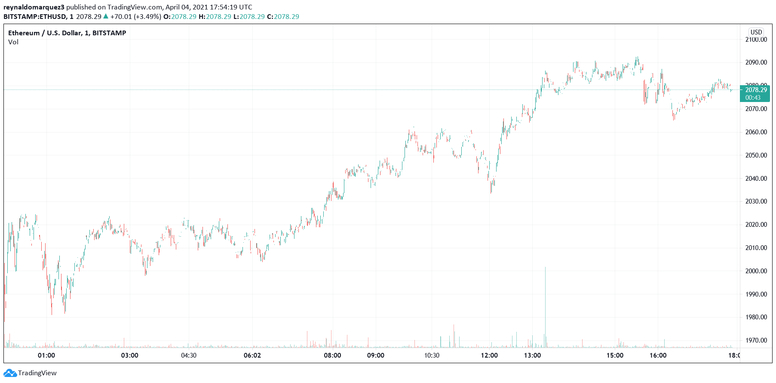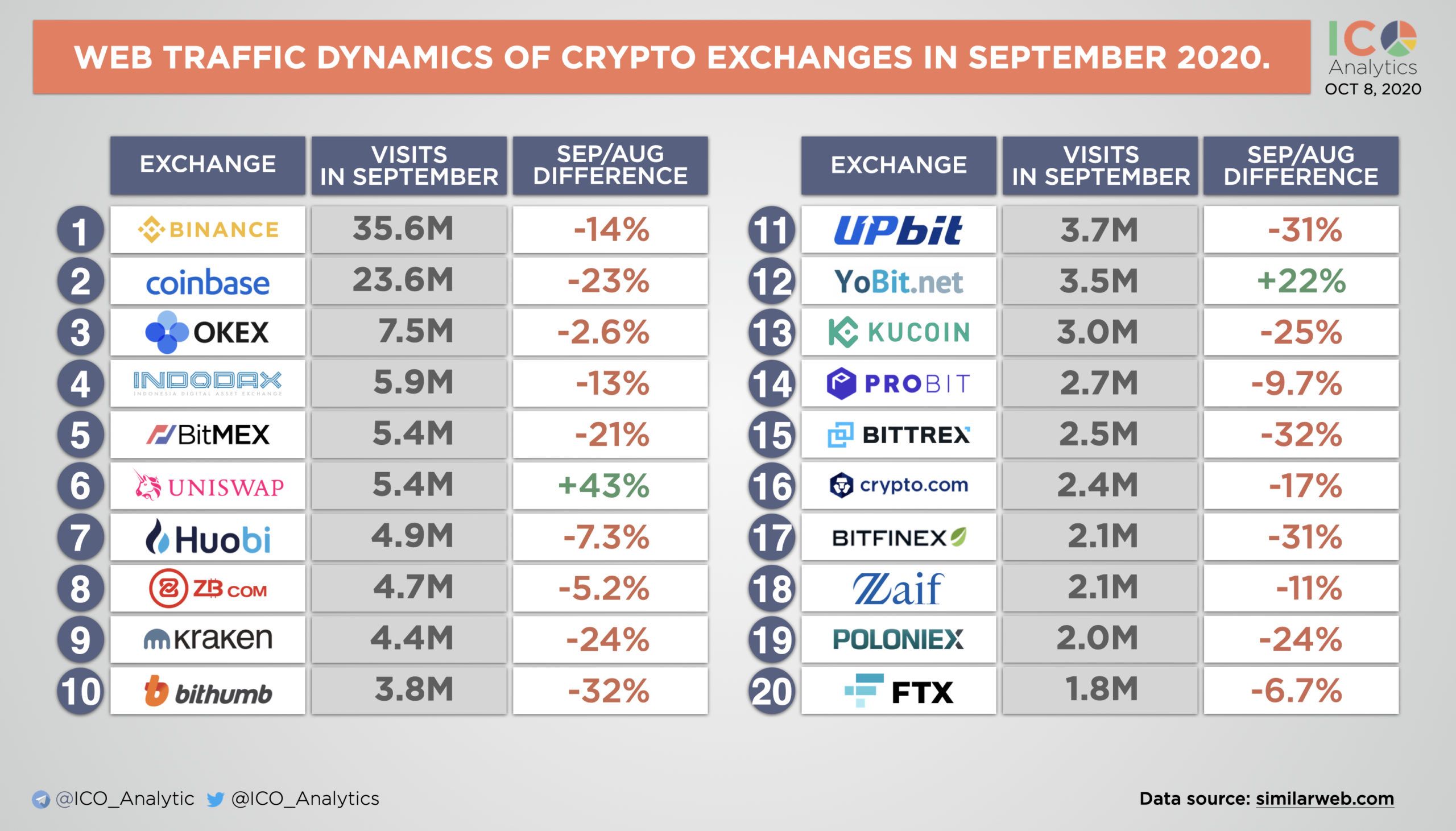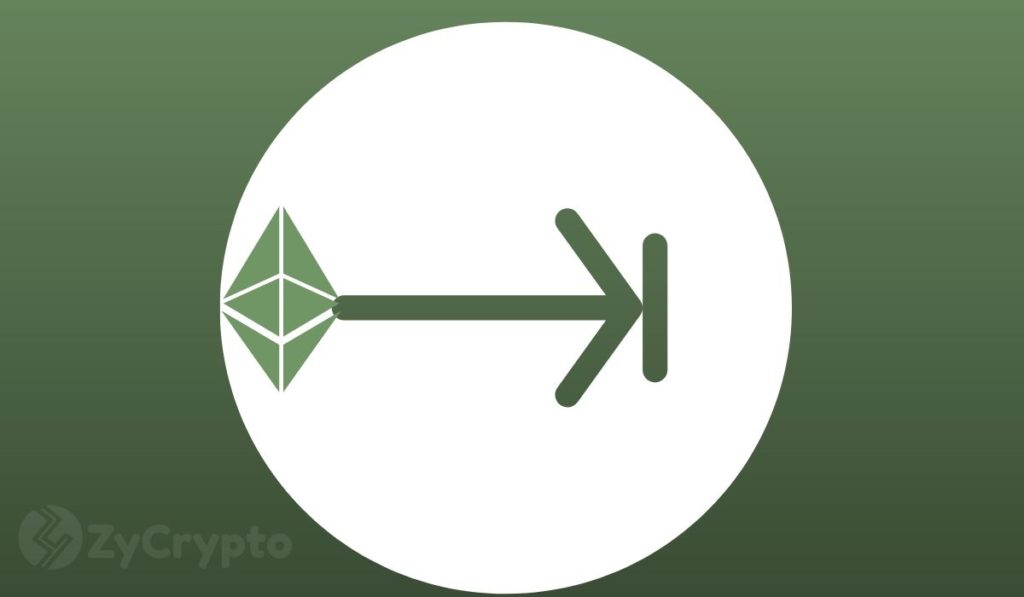2024-8-29 21:05 |
Ethereum is one of the most important blockchains and it’s upgraded from PoW to PoS consensus mechanism through Ethereum 2.0. ETH staking allows the users to earn rewards through locking their coins in the platform and directly contributes to the security and other mechanisms in the platform. This is considered the best way to earn passive income from a secured network. This article will provide you with information on Ethereum staking, and the steps on CryptoHeap for Ethereum staking.
In Ethereum staking one can deposit at least 32 ETH to participate in the process as a validator in the Ethereum ecosystem. The validators are supposed to certify the amount they are going to stake and they will receive rewards at the end of the day.
The attempt to make the Ethereum staking process user-friendly is a good feature of CryptoHeap. The CryptoHeap platform offers a user-friendly approach to users with good security and transparency whether you are a beginner or an experienced user.
CryptoHeap offers different staking plans which are to the desires of the users and they can select the best plan for them by considering the staking amount, rewards, and also the risks associated with it.
Choose a Staking Plan: CryptoHeap offers various staking plans for various investment options in one place. That means different kinds of plans suit for you by considering the duration of the staking period.
Stake Your Planned Amount: You can decide the amount of money you are going to stake after selecting the staking plan. After selecting the plan your money is locked in a wallet for a considerable period.
Safely Returned Investment: When the staking period ends you can reinvest your money or withdraw your money. This will ensure the safety of your funds.
Crypto Staking Plans
Cryptocurrency offers rewards when exchange for helping to support various blockchain networks’ stability by staking. Various staking plans are available in Cryptoheap, which are primarily designed according to the preferences and investment strategies of investors.
1. Free PlanEveryday: $100 for 1 day and earn $1 daily.
2. Toncoin Staking Plan: $200 for 1 day and earn $4 daily.
3. Sui Staking Plan: $600 for 6 days and earn $6 daily.
4. Polygon Staking Plan: $1500 for 8 days and earn $16.5 daily.
5. Cardano StakingPlan: $5000 for 12 days and earn $60 daily.
6. Ethereum Staking Plan: $8000 for 16 days and earn $104 daily.
7. Tron Staking Plan: $10,000 for 20 days and earn $130 daily.
8. Solana Staking Plan: $15,000 for 25 days and earn $210 daily.
9. Bitcoin StakingPlan: $30,000 for 30 days and earn $480 daily.
Reward Frequency: Periodical and Regular EarningsOne benefit offered by CryptoHeap is that the platform gives regular rewards. This can be earned as:
Disbursing Daily Rewards: Rewards can be daily in CryptoHeap rather than taking it monthly or weekly basis. The earnings of an individual are deposited into the bank account and that will provide you with a steady and assured income.
Because of the transparency of CryptoHeap, the calculations, and distribution of rewards or earnings are uniform. Due to this, you can always be aware of the earnings of ETH all the time.
This scenario makes the CryptoHeap platform suitable for earning a passive income and maximizing their gains from Ethereum.
Automatic Contract Expiry: When you stake Ethereum with CryptoHeap, you are purchasing a contract, and due to that you are locking the currency for a specific period. At the end of this time, the contract expires and this will mark the end of the investment process.
This expiry date will let you know automatically and you don’t need to take care of it. And at the end of the staking you have to put a simple effort to liquefy your funds and manage all the staking positions.
This platform offers a user-friendly approach and due to this staking will never be hard and convenient for you. Also, it gives you maximum return for your assets and you only need extra attention to stay effective.
Understanding the Risks: A Balanced ApproachIn every investment, there is a risk associated with it. But CryptoHeap always offers you better security options such as two-factor authentication. The main point is that you should be aware of the risks that can arise in the future.
The volatility can affect for your assets at any time because the value of ETH increases unevenly in the market. So this can influence investment and it is better to get in touch with these trends.
ConclusionStaking Ethereum often provides you with an interesting way to earn and support network security and development. With CryptoHeap it is easy to stake Ethereum because of its user-friendly platform and flexibility.
When you stake with CryptoHeap, you can have :
– A wide range of investment plans and flexible plans for staking.
– A regular income can be obtained through bonuses.
– A balanced approach will be provided by the security and gain rewards and awareness of market risks.
Disclaimer: This is an advertorial press release by the content provider and is not part of NFT News Today’s editorial content. Always do your own research and invest at your own risk.
The post How Ethereum Staking Works appeared first on NFT News Today.
Similar to Notcoin - Blum - Airdrops In 2024
Ethereum (ETH) на Currencies.ru
|
|




















